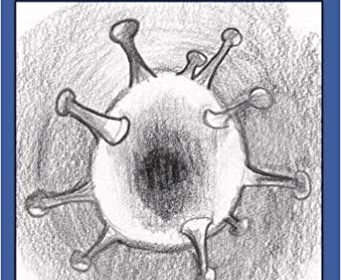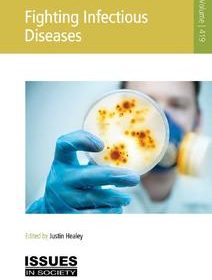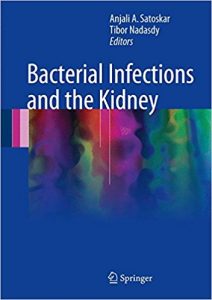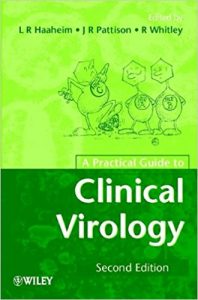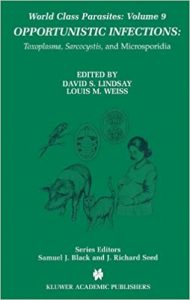Drug Interactions in Infectious Diseases: Antimicrobial Drug Interactions 4th ed. 2018 Edition

[amazon_link asins=’3319724150′ template=’ProductAd’ store=’aishabano-20′ marketplace=’US’ link_id=’ccc77aff-374b-11e8-badd-2707b9b00e67′]
The 4th edition of Drug Interactions in Infectious Diseases is being split into two separate volumes – “Mechanisms and Models of Drug Interactions” and “Antimicrobial Drug Interactions”.
This volume, “Antimicrobial Drug Interactions,” delivers a quick clinical resource that distills relevant drug interactions by antimicrobial drug class. The book provides informative tables on specific drug-drug interactions that include the degree and severity of the expected interaction. A mechanistic basis for drug-drug interactions is also provided to link observed interactions to pharmacologic characteristics of key drug classes. This complete resource is organized by major antibacterial, antimycobacterial, antiviral, antifungal, antimalarial, and antiprotozoal class. In line with current innovations in antimicrobial drug development, a distinct chapter on the pharmacologic management of drug interactions in hepatitis B virus (HBV) and hepatitis C virus (HCV)-related infections is included. Two new chapters are dedicated to the management of human immunodeficiency virus (HIV) drug-drug interactions given the breadth of antiretroviral class-specific effects. This comprehensive review of known drug interactions and strategies to manage them is an invaluable resource to all health care practitioners.

